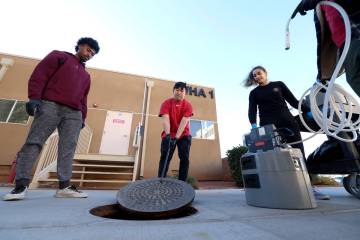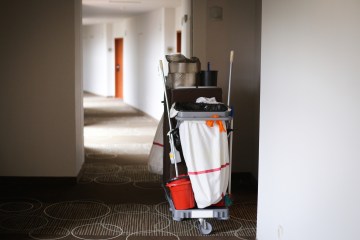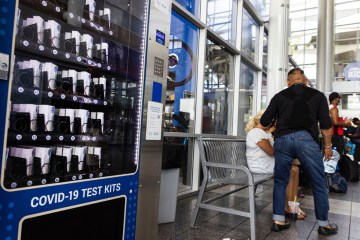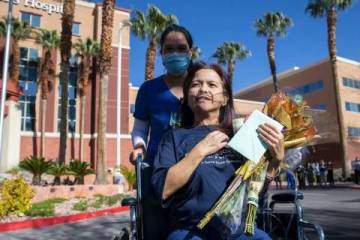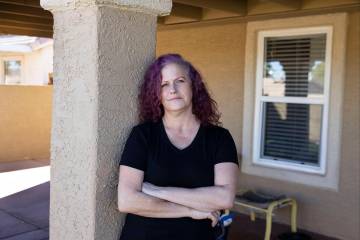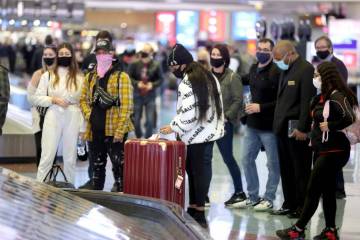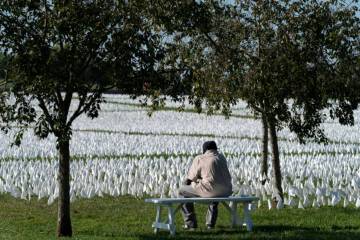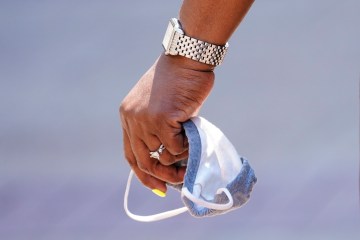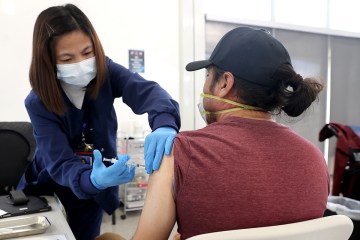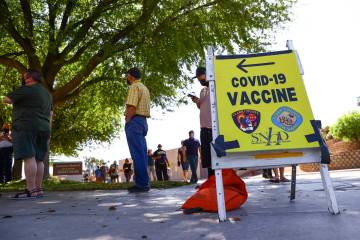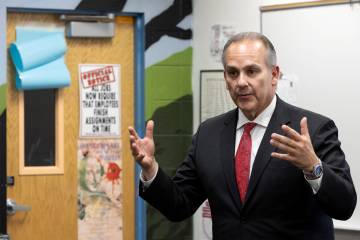California orders overnight curfew to slow coronavirus pandemic
SACRAMENTO, Calif. — California is imposing an overnight curfew on most residents as the most populous state tries to head off a surge in coronavirus cases that it fears could tax its health care system, Gov. Gavin Newsom announced Thursday.
What officials are calling a limited stay-at-home order requires people not working essential jobs to stay home from 10 p.m. to 5 a.m. starting Saturday. The order will last until Dec. 21 but could be extended if infection rates and disease trends don’t improve.
The curfew covers 94% of the state’s nearly 40 million residents. It’s in place in 41 of the state’s 58 counties that have the most significant increases in virus cases and face the most severe restrictions under California’s system for reopening the economy.
It’s a swift escalation just days after the state imposed the tougher restrictions limiting business operations in those 41 counties. It comes as COVID-19 infections, hospitalizations and deaths are surging nationwide ahead of Thanksgiving, when many will be tempted to gather with family and friends.
“The virus is spreading at a pace we haven’t seen since the start of this pandemic, and the next several days and weeks will be critical to stop the surge. We are sounding the alarm,” Newsom said in a statement.
It’s the sort of announcement Newsom, a Democrat, would normally make in person. But without offering an explanation, he did not attend a virtual news conference with the state’s top health officers as he faces intense criticism for recently attending a party. He was at a pricey Napa Valley restaurant with lobbyists despite pleading with residents to avoid gatherings with people from multiple households.
“Even our everyday activities become higher risk,” California Health and Human Services Secretary Dr. Mark Ghaly said at the news conference.
Growing at rapid pace
Hospitalizations are up nearly 64% in 14 days, while the positivity rate has jumped from less than 3% to a seven-day rate of 5.6%, he said. The state recorded 11,478 cases Thursday, and about 12% of those cases will be hospitalized in the next two weeks, Ghaly said.
“You can see how that number adds up,” with hospitalizations mounting daily, Ghaly said. “It could mean a serious challenge” to the state’s entire medical system.
The new overnight restrictions are designed to “help us stem the tide and bring this down very, very soon,” Ghaly said. “This is going to help us stop the surge faster and avoid more severe restrictions.”
While nonessential businesses must close by 10 p.m., restaurants will be permitted to offer takeout and delivery food and people can do some routine activities like walking the dog, Ghaly said. They will still be able to get medical care, pick up prescriptions and take care of other essential needs.
California was the first state to impose a stay-at-home order in March, and Ghaly said health officials have learned many lessons since then that allow the new order to be more targeted in its approach.
That first lockdown in the spring affected all residents, day and night, but Ghaly said overnight movements are more likely to involve social activities that bring increased risk of infection, particularly if people drink and let down their guard on precautions like wearing masks and staying a safe distance apart.
Critics speak out
The move brought some swift criticism.
Curt Hagman, chairman of the San Bernardino County board of supervisors, said he understands the need for the state to drive home the message that residents must keep their guard up against the virus, but he doesn’t see a curfew as the way to do it.
“People frankly have COVID fatigue, letting their guard down, and we’ve seen a spike in the COVID cases around the county,” he said. “At the same time, it’s very impractical that he expects us to enforce a curfew,” he said, adding that “we’re not going to be sitting out arresting people if they’re out at 10:30 at night. We don’t have the resources.”
Republican Assemblyman James Gallagher, who is suing the governor over his earlier emergency orders, said the latest move will further harm businesses that are already struggling.
“None of these orders matter unless Californians buy in and change their behavior,” Gallagher said in a statement. “The better policy to respond to this spike in cases is to call on all Californians to step up and make responsible choices to follow basic health guidelines to limit the spread without shackling our freedoms and the economy. A curfew undermines the public’s faith that the guidelines are science-driven.”
But San Diego County Supervisor Nathan Fletcher said he believes the “vast majority” of residents will accept why the curfew is being imposed.
“This is an attempt to have everyone understand the severity of the situation we face,” Fletcher said.
























